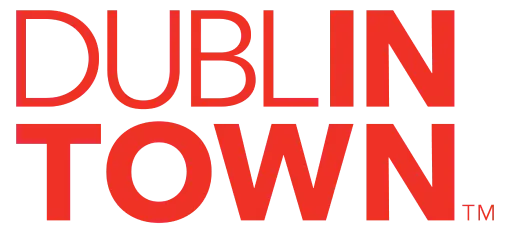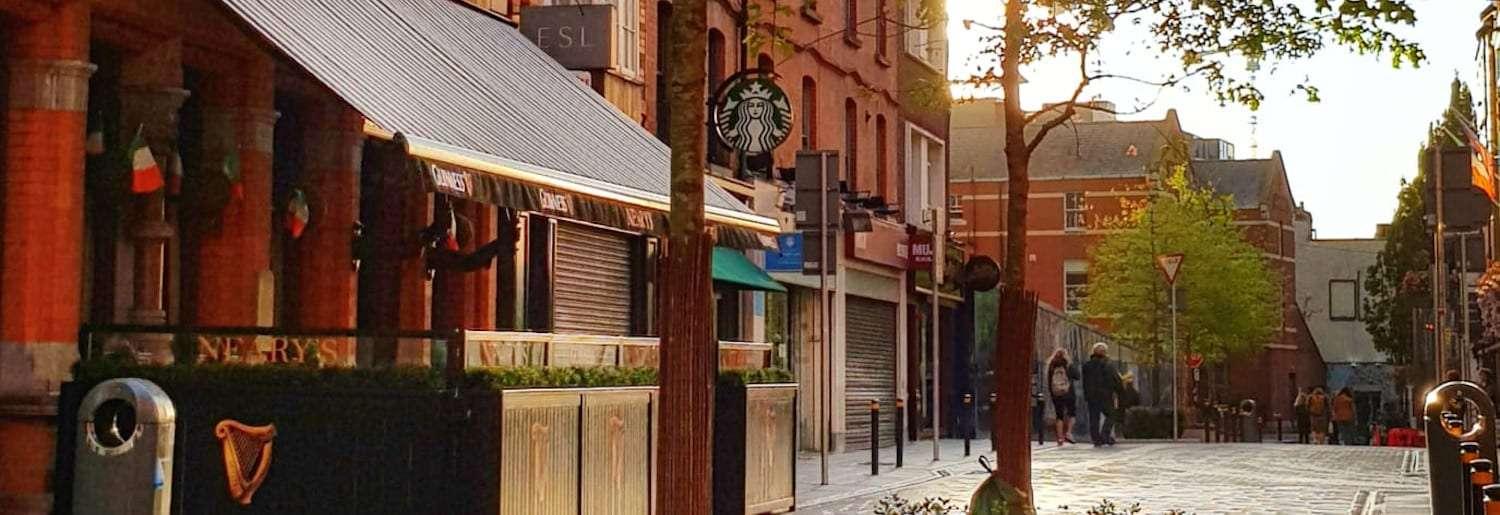As part of our series focusing on what makes Dublin City unique we’ve created a series on the history of the streets that make up the heart of the metropolis – and this edition takes a look at Chatham Street and the surrounding area.
Let’s begin with a question – how many streets in Dublin are named after a British Prime Minister?
Well there is no Thatcher Street, no Blair Street and we’re pretty sure that Johnson Place has nothing to do with Boris but there are a few. The Shelbourne Road is named after William Petty, 1st Marquess of Lansdowne, better known as the Earl of Shelbourne. He was the first Irish-born Prime Minister of Great Britain from July 1782 to March 1783.
Then there was his far more famous successor, Arthur Wellesley, 1st Duke of Wellington, better known as a British military hero, the Iron Duke was likely born in Merrion Street (the site of the present day Merrion Hotel) or perhaps in a coach on the way there. The Duke was Prime Minister of Great Britain twice; from 1828-1830 and again in 1834. There is a Wellington Street in Phibsboro and a Wellesley Place just off the North Circular Road, indeed the Ha’penny Bridge so beloved by visitors and Dubliners alike was originally known as the Wellington Bridge.

William Pitt, 1st Earl of Chatham / Photo: National Portrait Gallery
Both of these men were Dublin-born, quite unlike William Pitt the 1st Earl of Chatham, who appropriately enough was born in Westminster in 1708. It is because of William Pitt (Pitt the Elder, his son also became Prime Minister) that Chatham Street and Chatham Lane just off Grafton Street have the names they have today. In fact, nearby Balfe Street, home to the Westbury Hotel was once known as Pitt Street but this was changed to commemorate the life of composer Michael William Balfe, who found fame for his compositions such as the opera The Bohemian Girl.
Balfe had been born at number 10 Pitt Street in 1808 and lived there as a youth, in 1917, nearly fifty years after his death Dublin Corporation renamed the street as Balfe Street to commemorate its famous former resident. They neglected to rename the neighbouring streets of Chatham Street and Chatham Lane, also named after Prime Minister Pitt.

Michael William Balfe / Photo: Bergen Public Library; Dublin Plaque commemorating Balfe
It is also interesting to note that although Pitt (Balfe) Street is relatively small it was home to many interesting institutions and personages over the years, including the infamous 18th Century brothel of Margaret Leeson a.k.a. Peg Plunket, while the precursor to the National Children’s Hospital was founded by Sir Philip Crampton, Sir Henry Marsh and Dr. Charles Johnston on Pitt Street as the Institute for Sick Children in 1821.

Dublin Map, 1756 / Photo: John Roque
When we look at the history of the development of Chatham Street, and the small network of streets that feed off it we are brought back to the time of Pitt the Elder, born in 1708 he died aged 69 in 1778, it is around the period of his death that Chatham Street and Pitt (Balfe) Street were developed. If we look at John Roque’s famous map of Dublin from 1756 there is no mention of Chatham or Pitt Street.
Harry Street exists and it curls in a dog leg into Clarendon Street. Tangier Lane, now a blocked off service lane at the rear of the Gaiety Theatre, appears on the map also, linking into Harry Street and terminating at what appears to be a walled orchard located rougly at the rear of present day shops like Warehouse and H&M. Much of what is now Chatham Street was simply waste ground.

Harry Street, Dublin circa 1950s / Photo: Archiseek
However, if we fast forward twenty-seven years to the Watson’s Almanac map of 1783 we can see Chatham Street and Pitt Street in much similar alignment to how they appear today. When we look at the Ordanance Survey maps of 1837 we can see that Chatham Lane, which runs behind Grafton Street businesses like Hugo Boss and Massimo Dutti, is also shown and effectively this is the street layout we can see today when we walk down Chatham Street.

Dublin Map, 1798 / Photo: MAPCO
During the Victorian era the street would have benefitted from the pre-eminence of Grafton Street as a shopping destination. Also in 1871 the Gaiety Theatre opened its doors to patrons and there were many music and theatrical connections to local businesses. Neary’s Bar, is complete with beautiful Victorian decór and fittings, became famous for its showbiz clientele. Similarly just across the road is Sheehan’s, a family pub that was taken over by Jeremiah Sheehan in 1933 and continues in family ownership, there was however, a public house on that site as far back as the 1840s.

Photo: Nirina Plunkett
At the time of writing there is significant develpment taking place on the street with new shops and offices in construction, while the street itself has recently been upgraded by Dublin City Council with new paving, seating, trees and lighting.
Perhaps in future there might be something more to commemorate the life of William Balfe who was born on the street that bears his name. As for the Earl of Chatham? Well it was in the time of William Pitt the Younger, the 2nd Earl of Chatham that a range of anti-Catholic laws were introduced into Ireland and it was also this Pitt who pushed for the Act of Union and the dissolution of the Dublin parliament, a strange family perhaps to have commemorated just off Grafton Street!

Photo: The Westbury/Facebook



